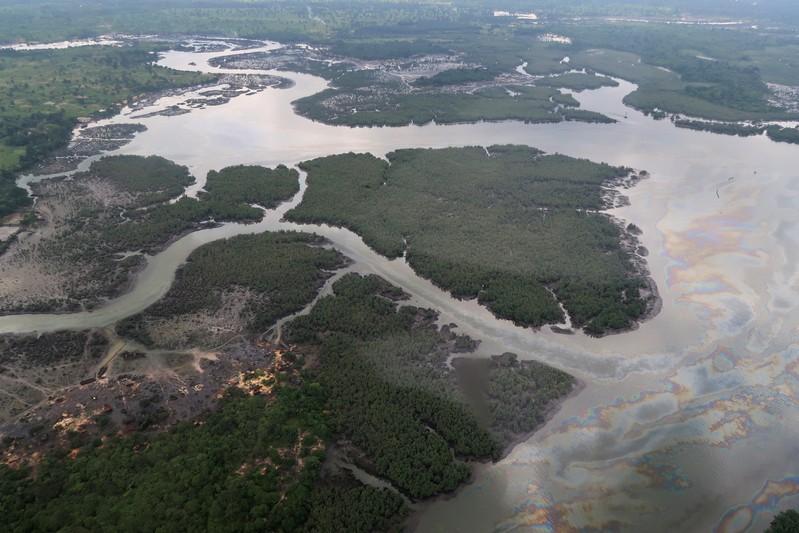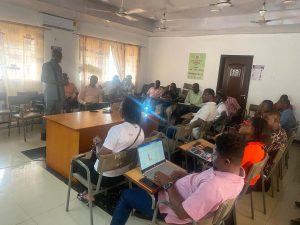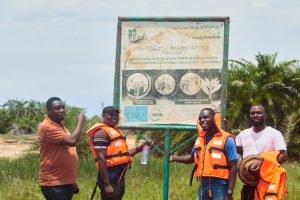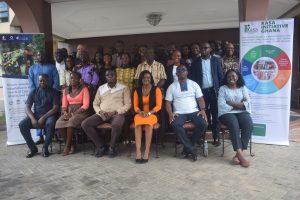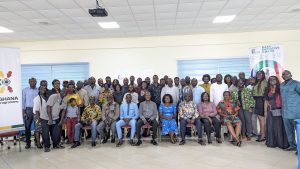LAGOS (Reuters) – Nigeria lost as much as 22 million barrels of oil to theft in the first half of this year, a problem that is a threat to the country’s economy, state oil company NNPC said.
The stolen oil amounts to more than 120,000 barrels per day (bpd), or roughly 6% of Nigeria’s nearly 2 million bpd output.
Oil accounts brings in 90% of Nigeria’s foreign exchange and the bulk of government revenue. But the oil pipelines that snake through the swampy, oil-rich Niger Delta region are targets for theft and sabotage.
Godwin Obaseki, the governor of Edo state and chairman of the ad-hoc Committee of the National Economic Council on Crude Oil Theft, Prevention and Control, said the 22 million barrel figure could double by the end of the year if nothing was done to combat theft.
In its June monthly report, NNPC said there was a 77% rise in oil pipeline vandalism. That report noted 106 pipeline breaches in June, up from just 60 in May.
Many of the breaches are points where thieves can off siphon oil and either sell it illegally or refine it in so-called artisanal refineries that are often little more than drums boiling oil into rudimentary fuels.
NNPC spokesman Ndu Ughamadu said the government was looking at the problem, but did not specify what actions were expected to combat it.
Source : reuter.com

